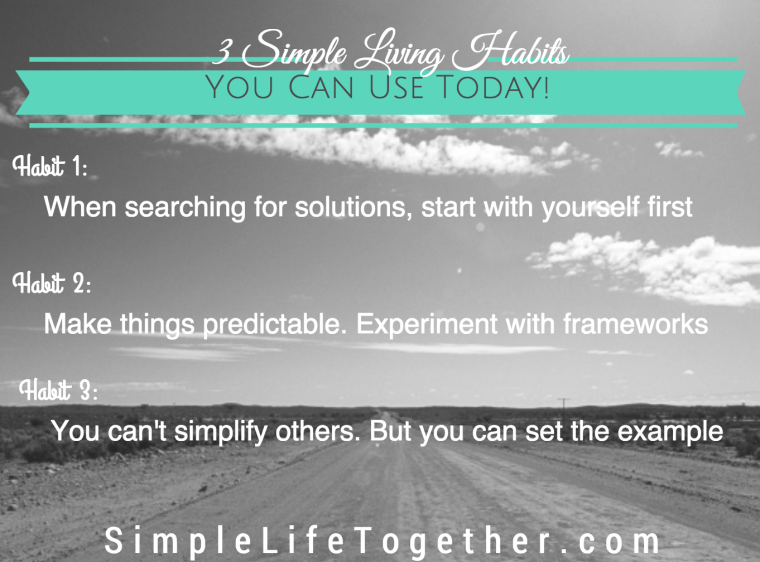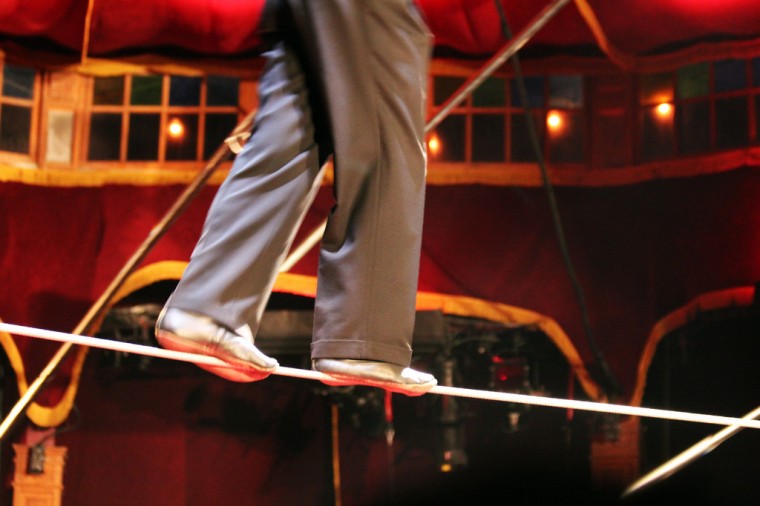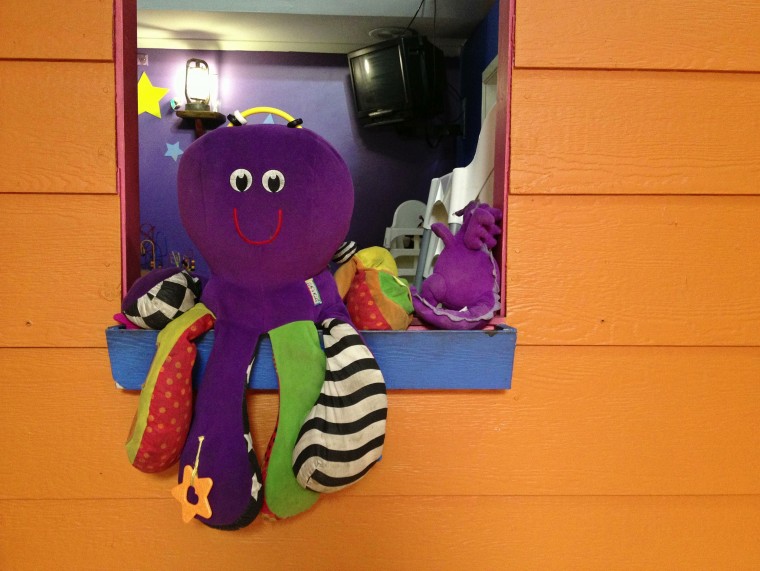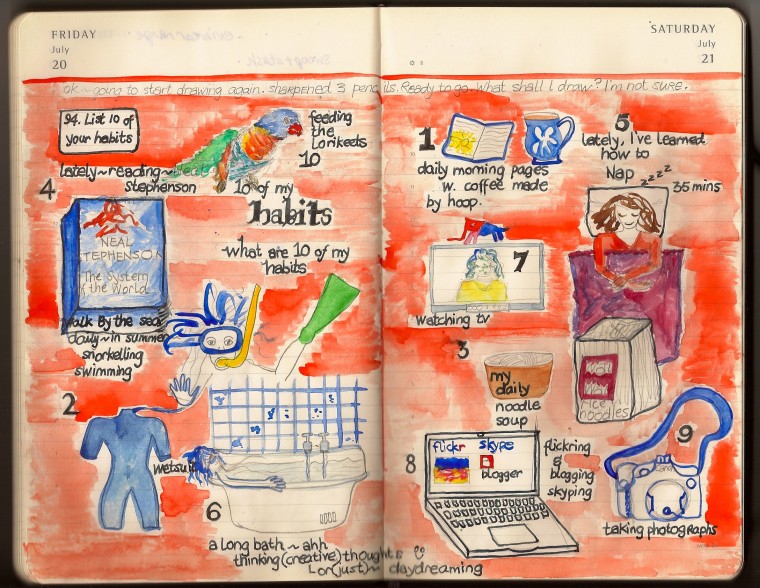Not long ago I introduced a series called The Best of Old and New. I’d like to continue that series with this installment and talk about the power of audio. Specifically, about podcasts.
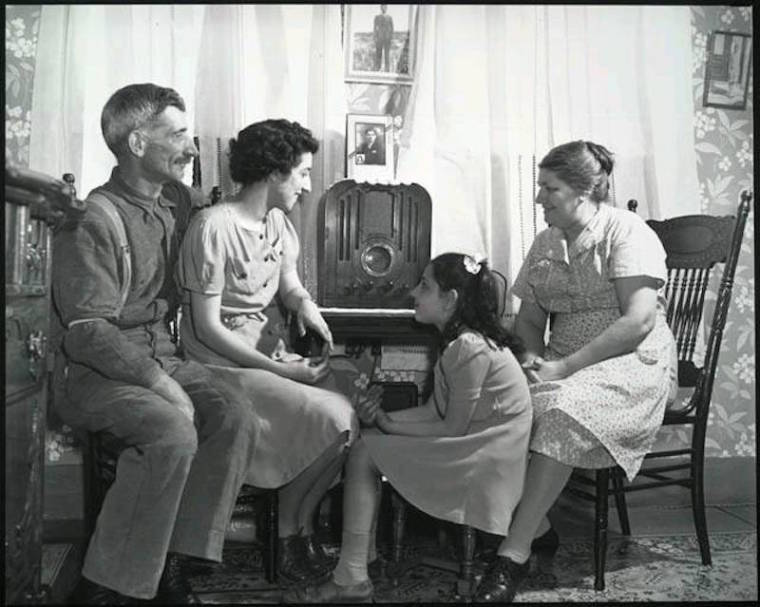
Now, granted, there were no podcasts “back in the day” but radio was certainly the dominant form of entertainment. It was free and anyone with a radio could listen in. And if you have ever listened to our show, you know I’m an audio kind of guy.
For a long time, radio was THE new and best way to get the word out fast or to provide entertainment to the masses. When Franklin Roosevelt was Governor of New York State in 1929, he held the first of what would come to be known as his “fireside chats” to talk directly to his constituents. Later, as President, Roosevelt used the power of audio to communicate with the American people intimately and directly through some of the toughest times in our nation’s history, the Great Depression and World War Two. FDR understood the power of audio and used the latest technology to reach as many people as he could in order to get his message out.
I see podcasting much the same way. But even better.
With podcasts, almost anyone with internet access and some pretty basic tools (most of which you probably already have) can produce a podcast and have their message heard anywhere around the world. Never before in our history has mass communication like this been so easy and so democratized. What used to cost thousands or tens of thousands to do can now be done for almost nothing. Even from your mobile phone. Amazing.
Not so far removed from the golden years of radio in spirit, we are now in the golden era of podcasting. Podcasters can tap into that “power of audio to communicate intimately and directly” with people around the world. It still amazes me that our little show Simple Life Together has listeners in 154 countries (that we know of) around the world. Yet we produce our show in our backyard shed!
What’s just as amazing as being able to produce content so easily is that we get to listen to all this content for free online and on our mobile devices through podcast directories such as iTunes, Stitcher and many others. And the shows are time-shifted, meaning you can stream them or download them and listen in when it’s convenient for YOU…not just when the show airs.
Do you have a message that you want to share with the world?
If so, have you ever considered starting a podcast? It’s really not that difficult and there are tons of free resources out there to get you started. If you’re thinking about podcasting or just want to see how Vanessa and I produce Simple Life Together, here’s a link to some slides and 5-video series that we did for a presentation for the National Association of Professional Organizers annual conference back in May of 2014. It’s pretty comprehensive and shows you how you can start your own show.
And that, my podcast loving friends, is a simple thing that blends the best of old and new. So what do you say? Ready to share with the world? We’re certainly ready to listen!

